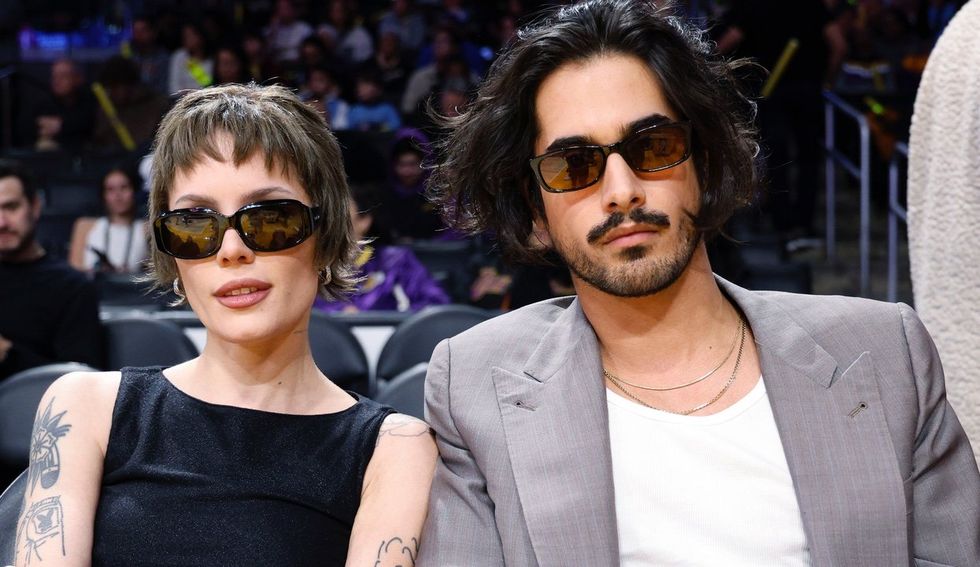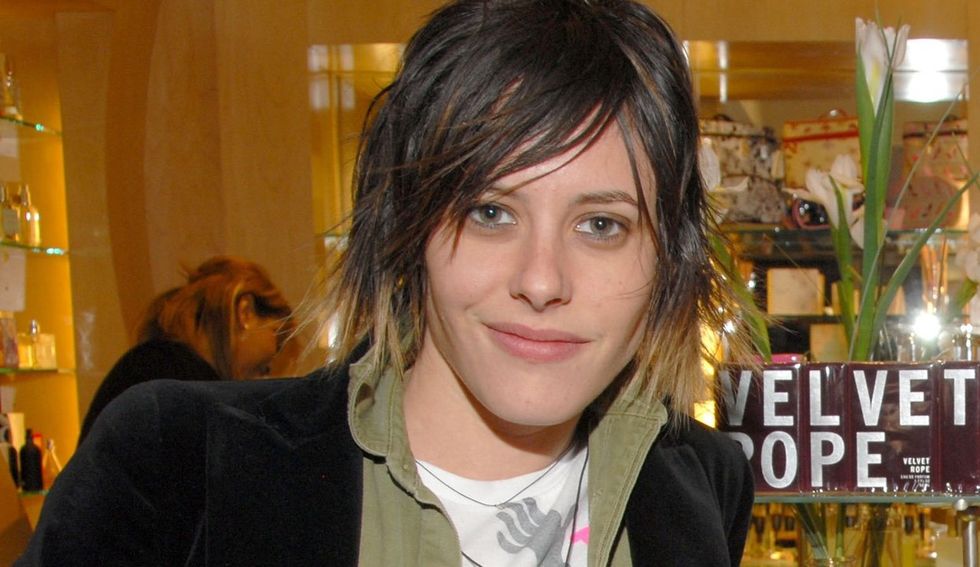After announcing their historic strike, the Screen Actor's Guild slammed the downright dystopian proposal from studios regarding the use of artificial intelligence.
In a statement about the strike, the Alliance of Motion Picture and Television Producers (AMPTP) called their offer “a groundbreaking AI proposal that protects actors’ digital likenesses for SAG-AFTRA members.” In the press conference announcing the strike Thursday, SAG-AFTRA’s chief negotiator Duncan Crabtree-Ireland shared what the actors had really been offered.
“This ‘groundbreaking’ AI proposal that they gave us yesterday, they proposed that our background performers should be able to be scanned, get one day’s pay, and their companies should own that scan, their image, their likeness and should be able to use it for the rest of eternity on any project they want, with no consent and no compensation," he said. "So if you think that’s a groundbreaking proposal, I suggest you think again.”
Actors joined striking writers on the picket lines Friday morning. The 160,000 actors in the union joined with the 11,000 writers could halt Hollywood productions into next year. Like the actors, the writers seek contracts that accommodate their work in new age of streaming services, as well as regulations to AI usage in the industry that protect their digital likeness and intellectual property.
Writers are currently asking studios not to use the technology to write scripts or finish projects. As tools like ChatGPT pull from existing materials to generate content, it is near impossible to protect intellectual property and existing copyright if the tool remains unregulated. Ellen Stutzman, chief negotiator for the Writer's Guild of America, previously said via CoinTelegraph that some writers have even been referring to AI as a “plagiarism machine.”
SAG-AFTRA president Fran Drescher warned in the press conference Thursday that “If we don’t stand tall right now, we are all going to be in trouble, we are all going to be in jeopardy of being replaced by machines.”
This story was first published on The Advocate Channel.
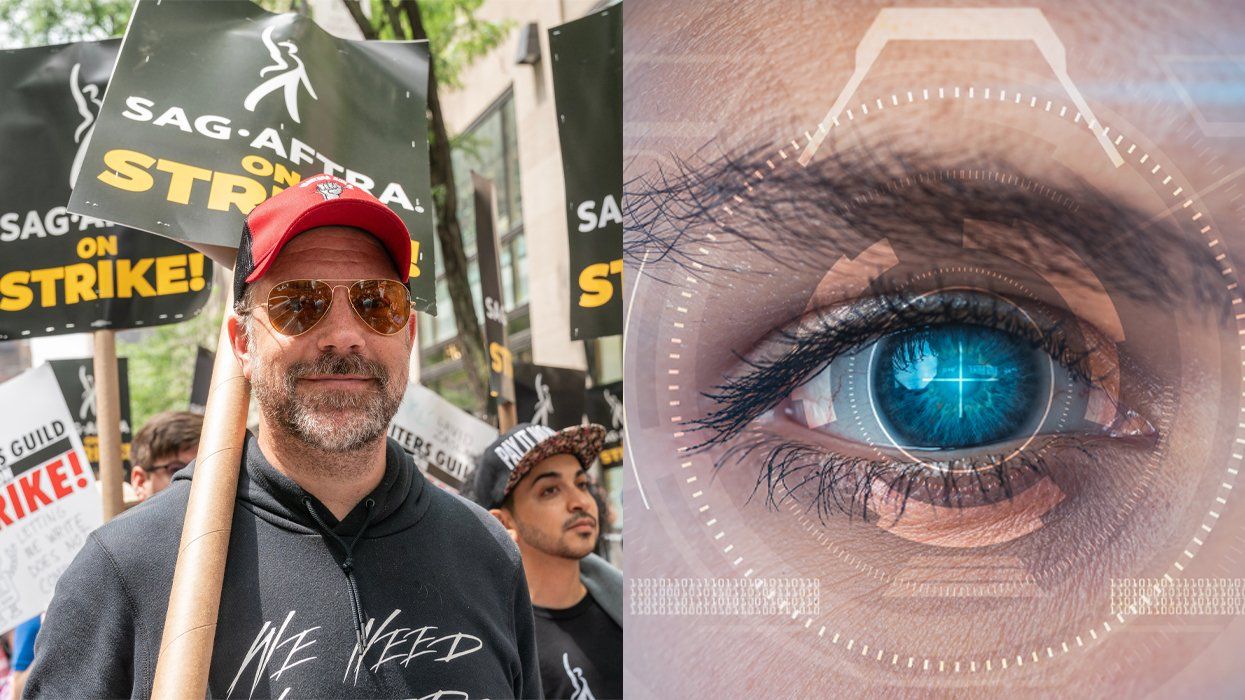





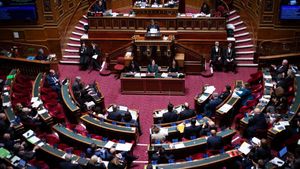








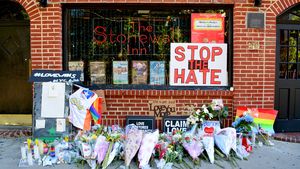

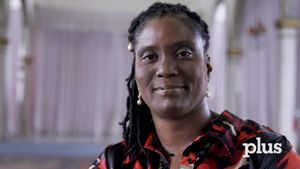
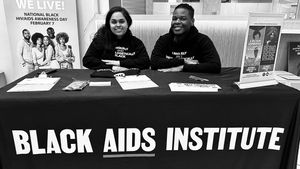

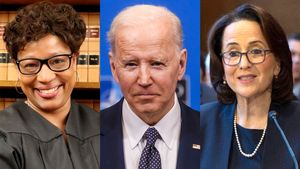

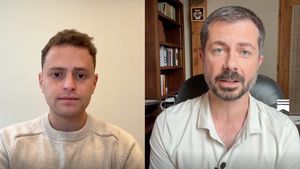






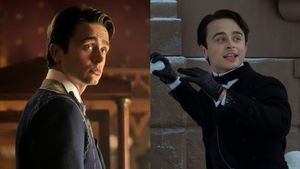








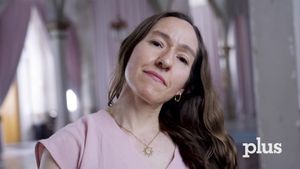




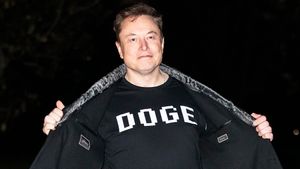






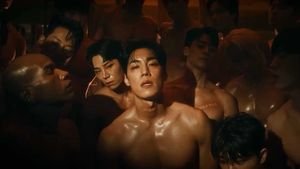














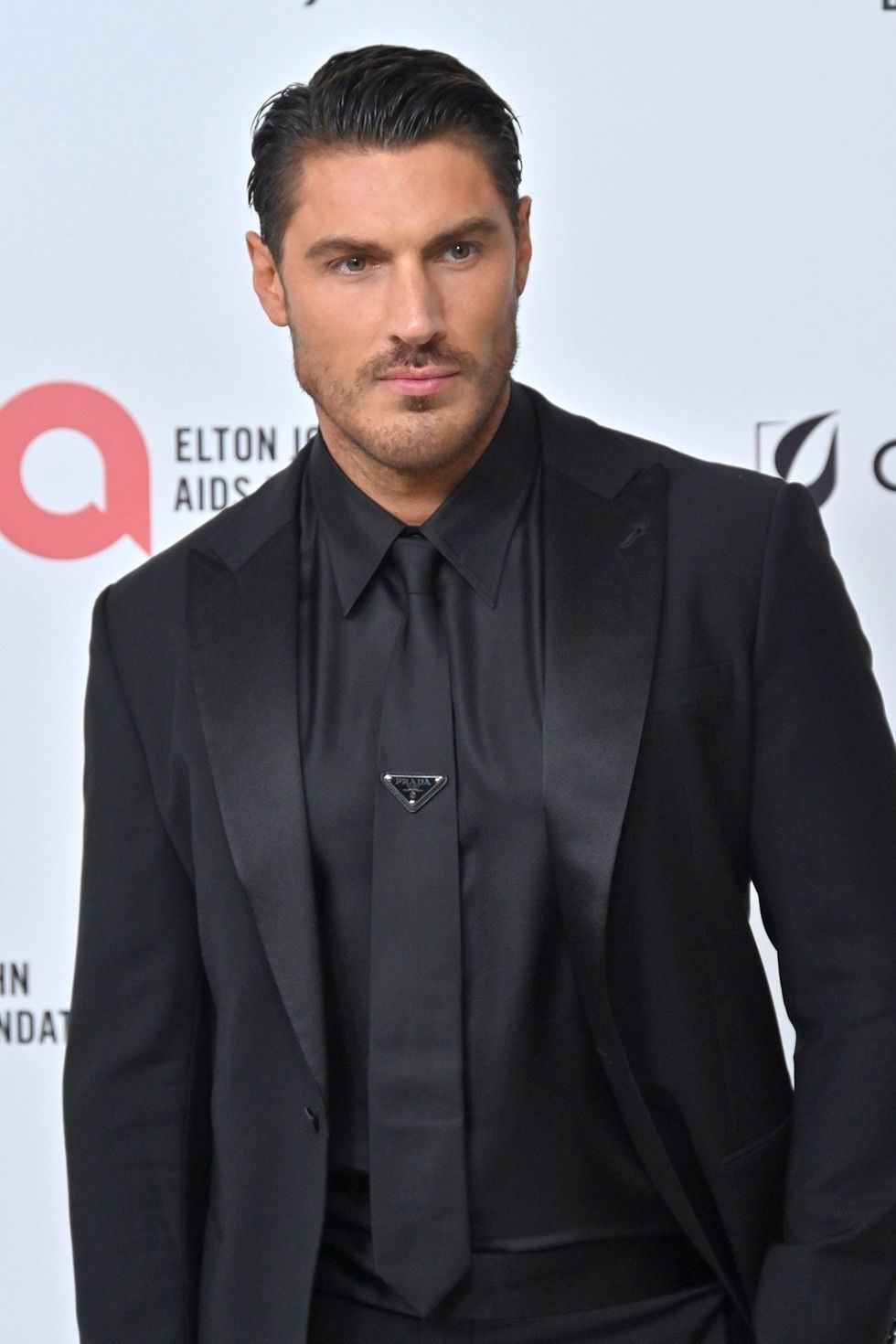 Chris Appleton at the Elton John Academy Awards Viewing Party in March 2025.Kathy Hutchins/Shutterstock
Chris Appleton at the Elton John Academy Awards Viewing Party in March 2025.Kathy Hutchins/Shutterstock
 Florence Pugh, Kristen Stewart, Greta LeeRicky Vigil M / Justin E Palmer/GC Images; Theo Wargo/Getty Images for Karl Lagerfeld; Lexie Moreland/WWD via Getty Images
Florence Pugh, Kristen Stewart, Greta LeeRicky Vigil M / Justin E Palmer/GC Images; Theo Wargo/Getty Images for Karl Lagerfeld; Lexie Moreland/WWD via Getty Images
